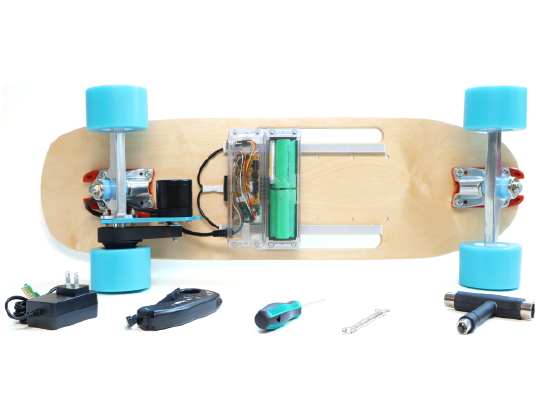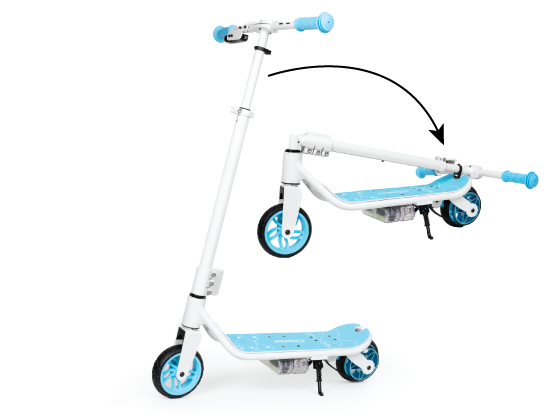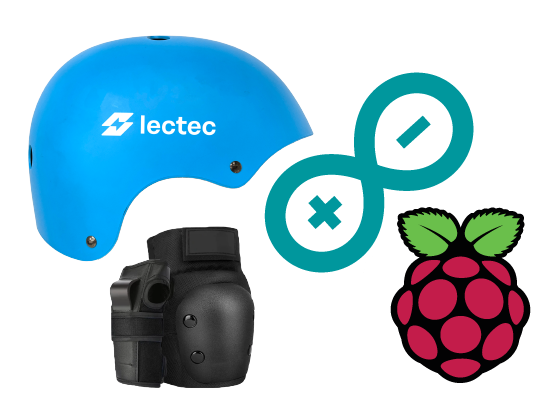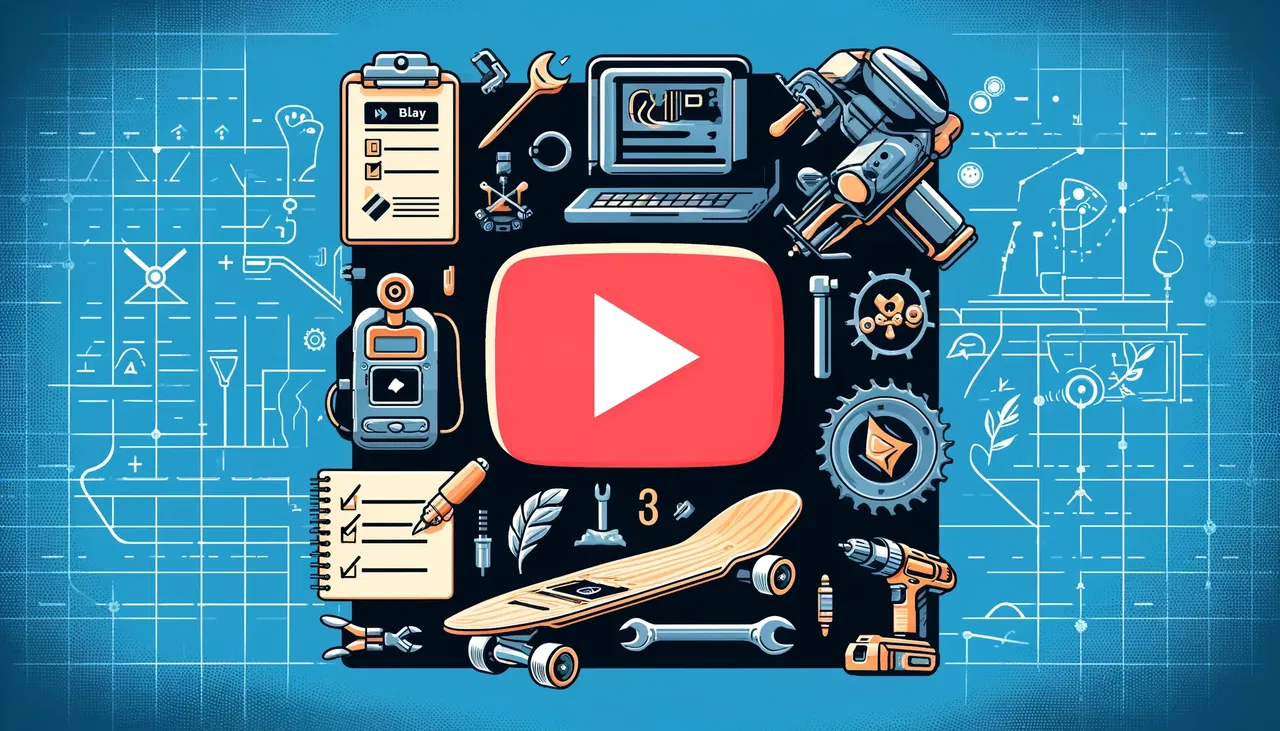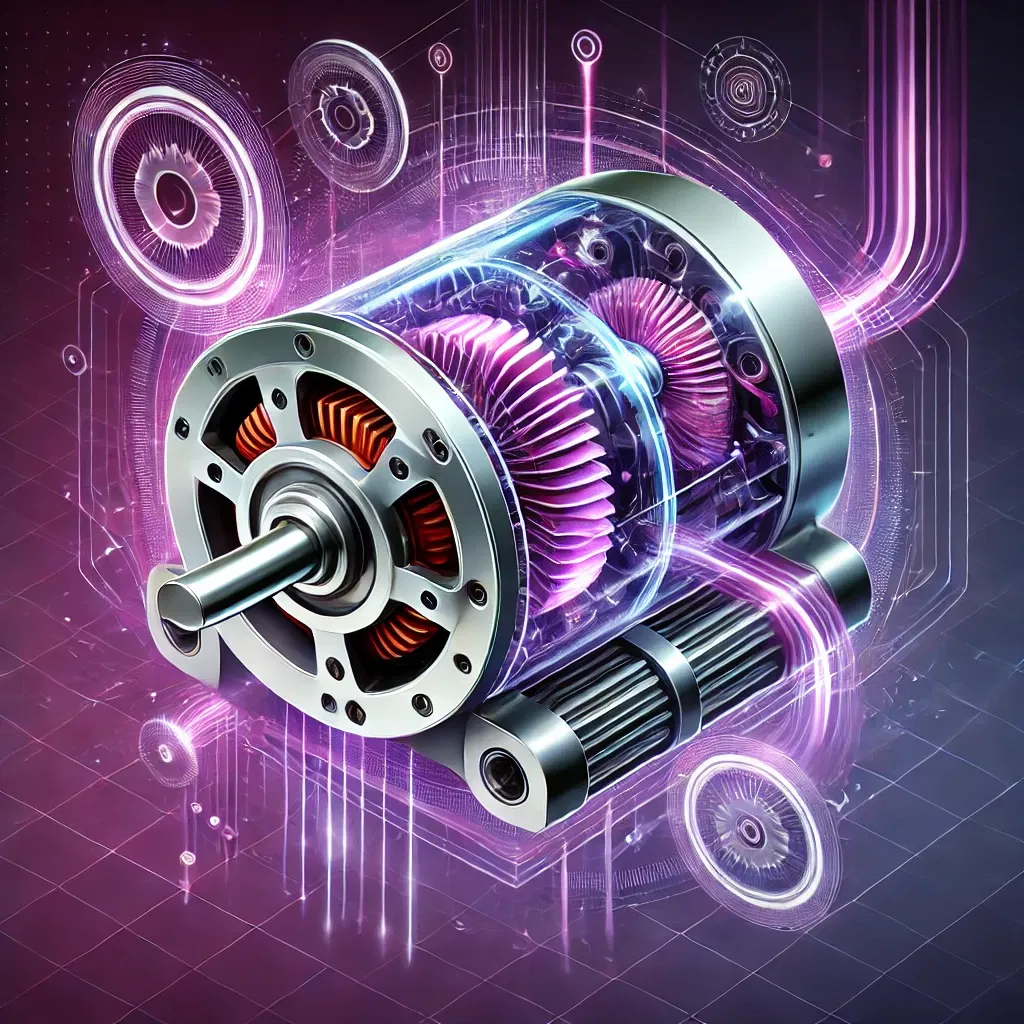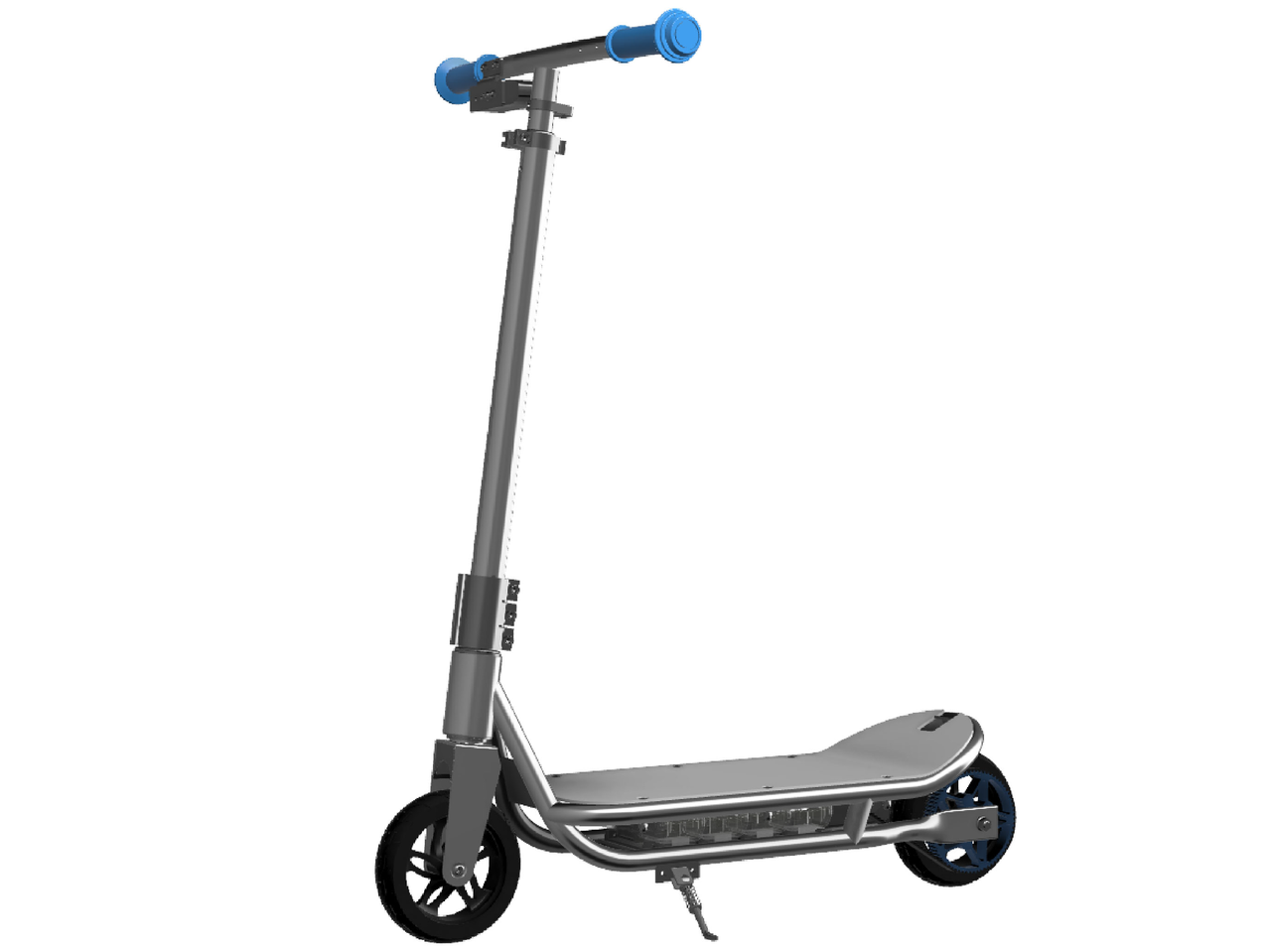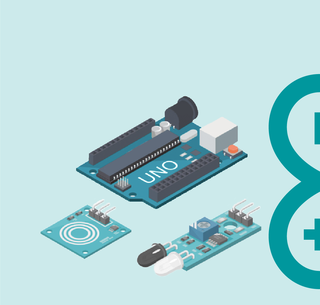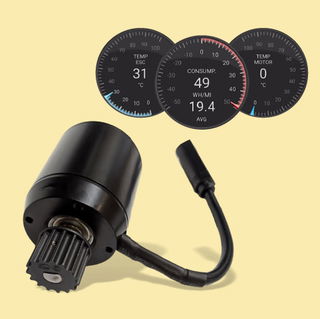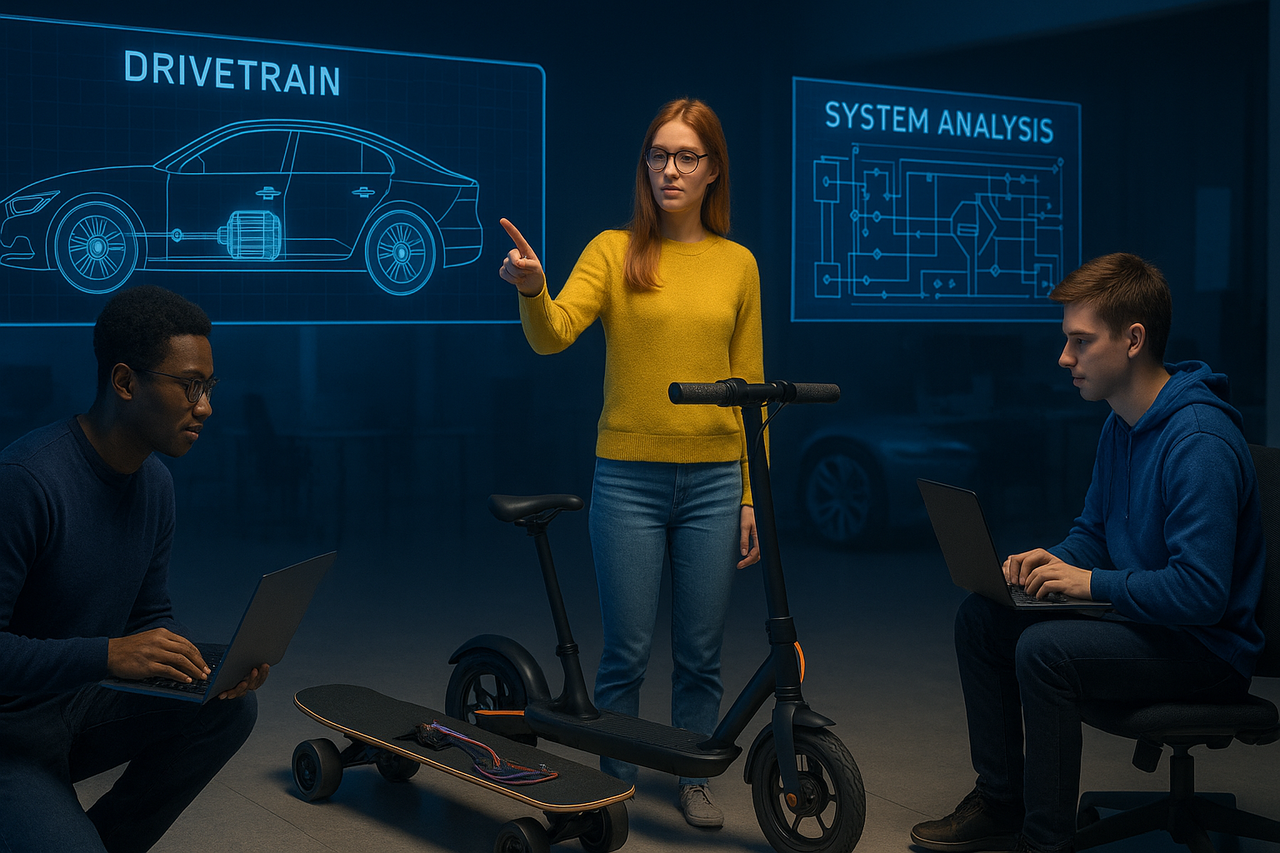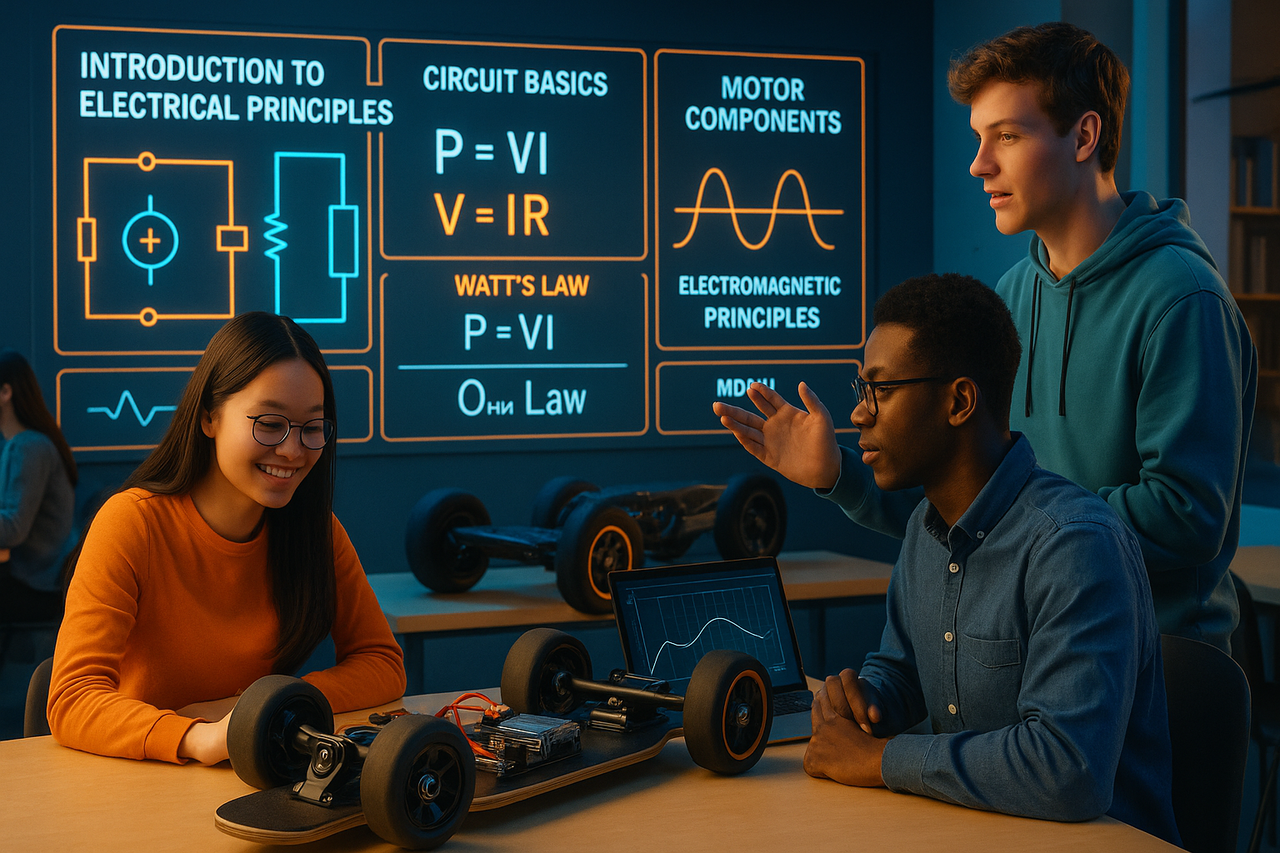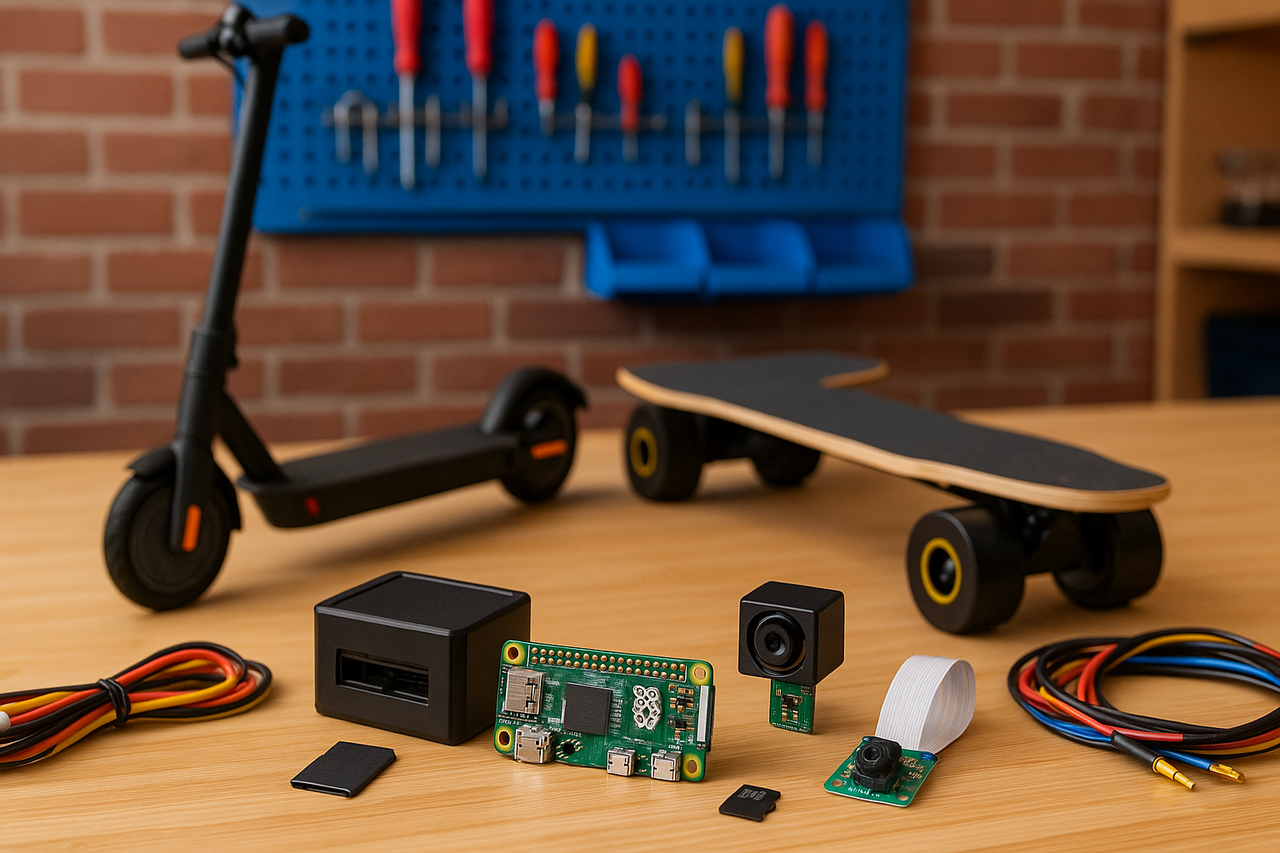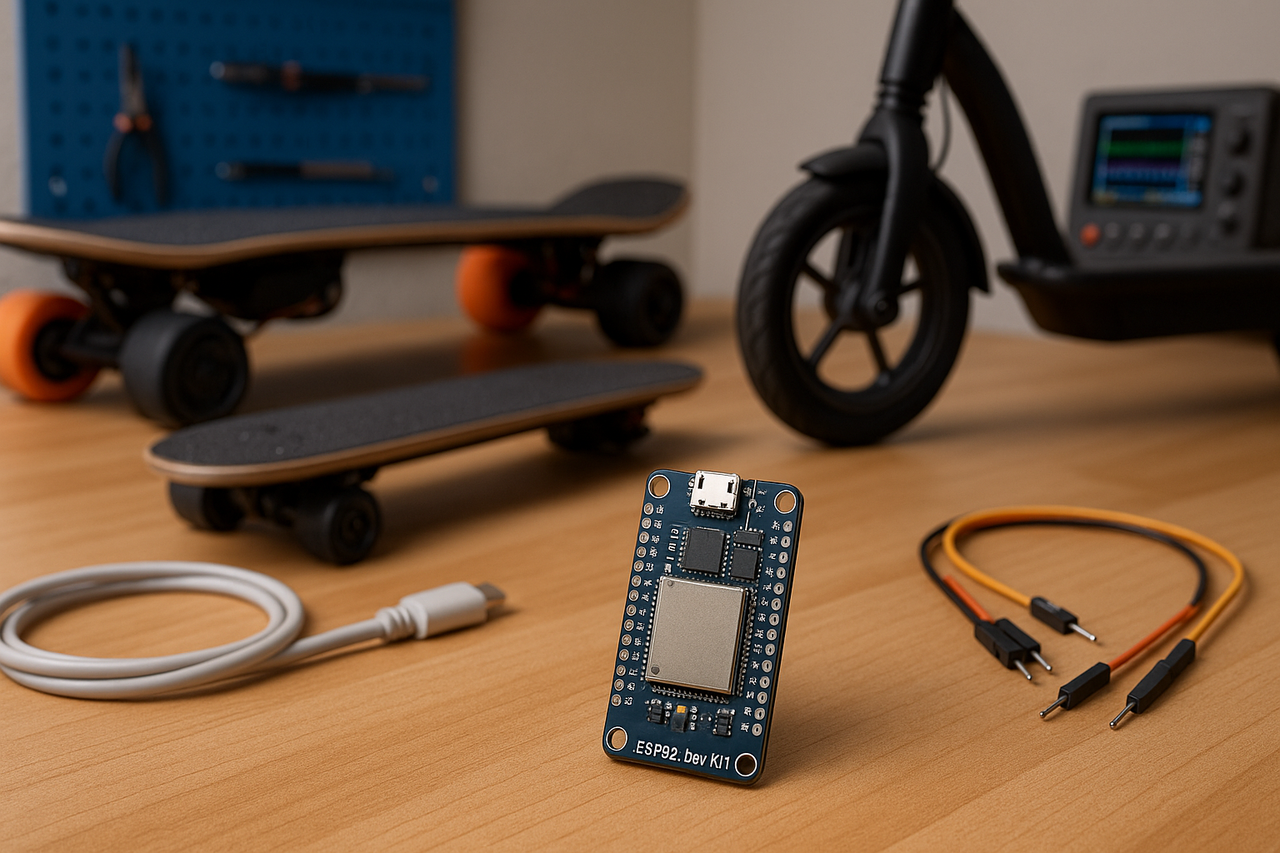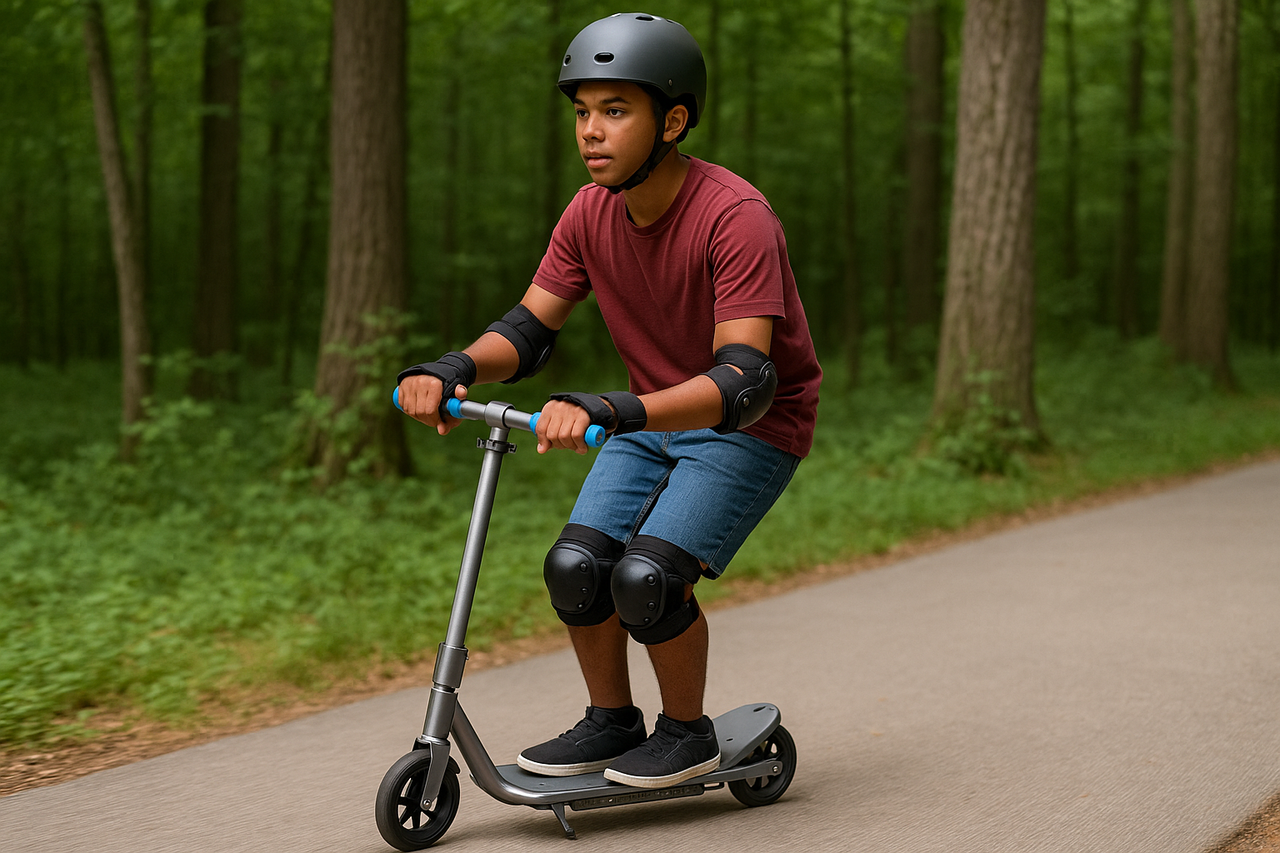5.0
Trusted By 150+ Top Education Institutions
















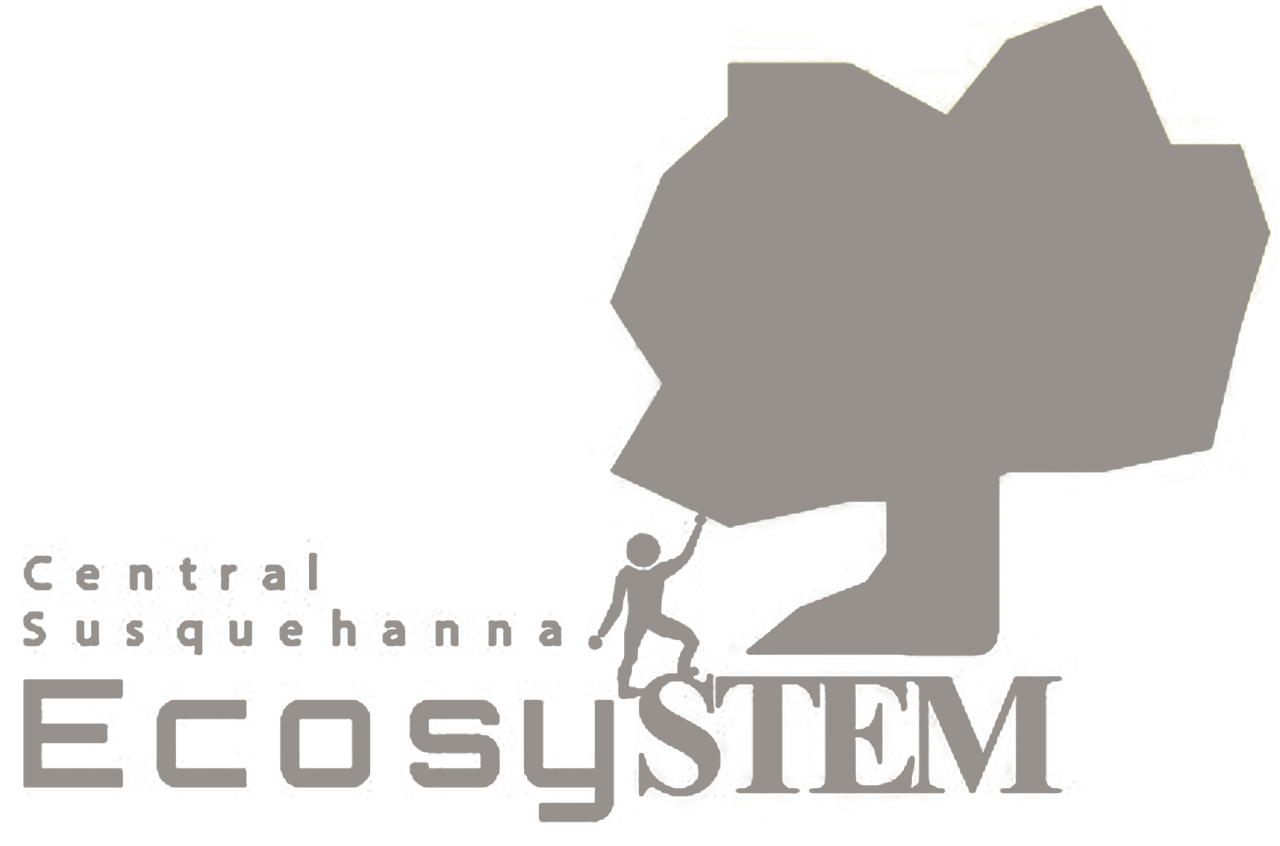







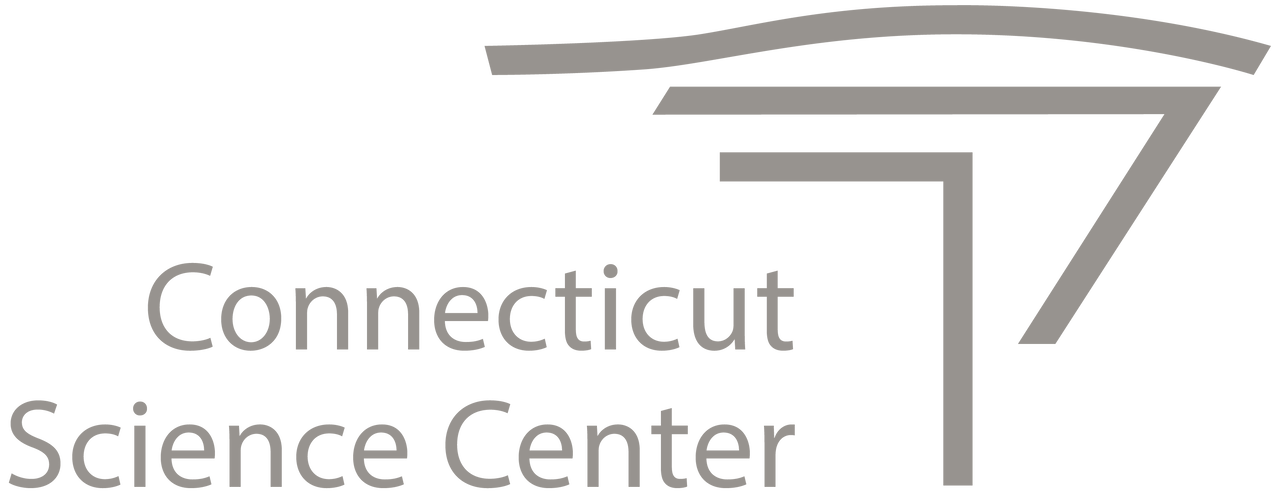

What's Included?
Everything you need at one affordable price

Kits (Parts + Tools)
Everything you need to build your own electric skateboard or electric scooter is included - just open the box and build! You'll find every part and tool at your fingertips.
Curriculum
Our standards aligned curriculum includes lesson plans, presentations, and real-world challenges designed to engage students.
Professional Development
Our team provides full training and support to help teachers implement Lectec in the classroom.
Explore by use case
Middle School - High School - University
Automotive
What
Students will learn
Electric drivetrain fundamentals
Torque, power, and energy usage in motion systems
Range, efficiency, and regenerative braking concepts
How
They learn it
Building and optimizing scaled EV systems
Collecting data on acceleration, top speed, and range
Simulating EV performance challenges (e.g., hill climbs, battery swaps)
Why
It matters
Direct link to modern EV and hybrid vehicle technology
Teaches diagnostic and performance analysis tools
Supports transition to electric vehicle service and design roles
Career Readiness
What
Students will learn
Problem-solving, critical thinking, and hands-on troubleshooting
Teamwork, communication, and project-based collaboration
Real-world applications of STEM in emerging industries
How
They learn it
Building and testing electric mobility systems from the ground up
Iterating on designs and making data-informed improvements
Exploring roles in engineering, tech, and clean energy fields
Why
It matters
Exposes students to high-demand careers early on
Builds transferable skills aligned with CTE and workforce pathways
Encourages goal-setting, creativity, and a growth mindset
Engineering
What
Students will learn
Energy transformation, torque, force, and motion
Newton’s Laws and mechanical systems
Design of experiments and system modeling
How
They learn it
Hands-on builds with real motors, gears, and ESCs
Swapping components to test variables (e.g., pulley ratios)
Performance data collection and analysis
Why
It matters
Reflects real-world engineering processes
Builds foundational skills for mechanical and electrical engineering pathways
Encourages iterative design thinking and optimization
Electronics Technology
What
Students will learn
Voltage, current, resistance, and circuit behavior
Motor control and power electronics
System troubleshooting and performance tuning
How
They learn it
Wiring, testing, and analyzing ESC circuits
Measuring power draw and efficiency in different configurations
Troubleshooting ESC and motor systems
Why
It matters
Builds practical, hands-on electronics troubleshooting skills
Reinforces DC/AC theory in a real-world context
Prepares students for technician and technician-engineer hybrid roles
Mechatronics
What
Students will learn
Integration of mechanical, electrical, and software systems
Feedback control, sensors, and actuation
Power electronics and signal flow
How
They learn it
Building functional EV systems with ESCs and programmable microcontrollers
Tuning performance through hardware and software adjustments
Exploring system dynamics through experimentation
Why
It matters
Directly prepares students for modern automation and mechatronics careers
Introduces cross-disciplinary engineering skills in one platform
Mirrors skills used in industrial control, manufacturing, and EVs
Physics
What
Students will learn
Newton’s Laws, work, energy, and power
Acceleration, momentum, kinetic and potential energy
Energy conservation and system inefficiencies
How
They learn it
Testing real systems with measurable outputs
Applying formulas to collected data (e.g., speed vs. torque graphs)
Designing experiments to isolate physical variables
Why
It matters
Turns abstract physics into something students can see and feel
Bridges textbook theory with real-world outcomes
Strengthens scientific reasoning and data interpretation
Robotics
What
Students will learn
Kinematics, motion control, and energy use
Basic control systems and real-time sensor feedback
Power, torque, and drive system design
How
They learn it
Using ESCs and microcontrollers to control speed and direction
Swapping mechanical components to study motion dynamics
Analyzing power consumption and range
Why
It matters
Develops core robotics principles through motion systems
Enhances understanding of physical behavior of mobile platforms
Lays groundwork for more advanced autonomous systems
Semiconductors
What
Students will learn
Power control and signal modulation
Role of microcontrollers, transistors, and ESCs
Efficiency and switching behavior of semiconductor devices
How
They learn it
Programming ESCs and using microcontrollers (Arduino/Raspberry Pi)
Analyzing how switching affects performance and thermal efficiency
Exploring semiconductor roles in motor control and energy management
Why
It matters
Exposes students to real-world applications of semiconductors
Connects to EVs, power systems, and embedded systems careers
Builds awareness of system-level design using smart components
STEM
What
Students will learn
How energy can change forms (like from batteries to movement)
Problem-solving through building and testing
Basic physics like speed, force, and motion
How
They learn it
Building a small electric vehicle and making it move
Measuring how far or fast their vehicle goes
Working in teams to test ideas and improve their designs
Why
It matters
Makes STEM fun, hands-on, and connected to the real world
Sparks early interest in careers in science, technology, and engineering
Encourages creativity and resilience—try, test, and try again
Physical Ed
What
Students will learn
How balance, coordination, and motion affect performance
The physics of movement—like acceleration and momentum
The importance of safety gear and safe riding techniques
How
They learn it
Riding electric skateboards in a structured, supervised setting
Practicing start, stop, turn, and control on varied surfaces
Exploring how different rider stances and body movements affect motion
Why
It matters
Builds physical confidence and motor skills
Promotes active learning through movement and exploration
Introduces students to personal mobility and EV safety
Simple, transparent, affordable pricing
Step 1: Choose your kit(s)
1-3 Students Per Kit
Step 2: Choose your upgrades
Step 3: Choose curriculum
+ Professional Development for $425
*Optional
Example Order
36 Students
12x Skateboard Kits($4,200)
12x Safety Packs ($600)
12x STEM Curriculumn ($900)
1x Professional Development ($425)
Total: $6,125
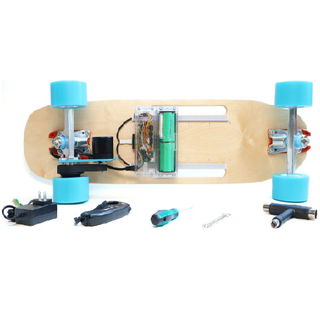
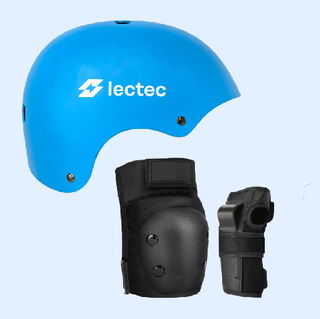
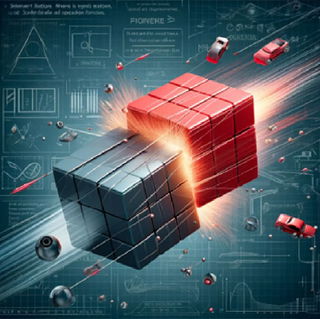

Ready to electrify your program with Lectec?
Or have any questions?
• School Showcase
Lectec x City College of New York
Watch how Lectec electrified the CCNY Afterschool STEM Institute, right here in New York City. From 25 students in the fall to 60 in the spring - Lectec continue to energize hands-on, experimental learning.
Read the CCNY Case Study
• After School Showcase
Lectec x Denver Public Schools
Ohm on the Range, a Denver-based EV education and conversion center, hosted its first-ever Electric Vehicle Academy in the summer of 2025 for high school students from Denver Public Schools (DPS).
Read the Case Study


